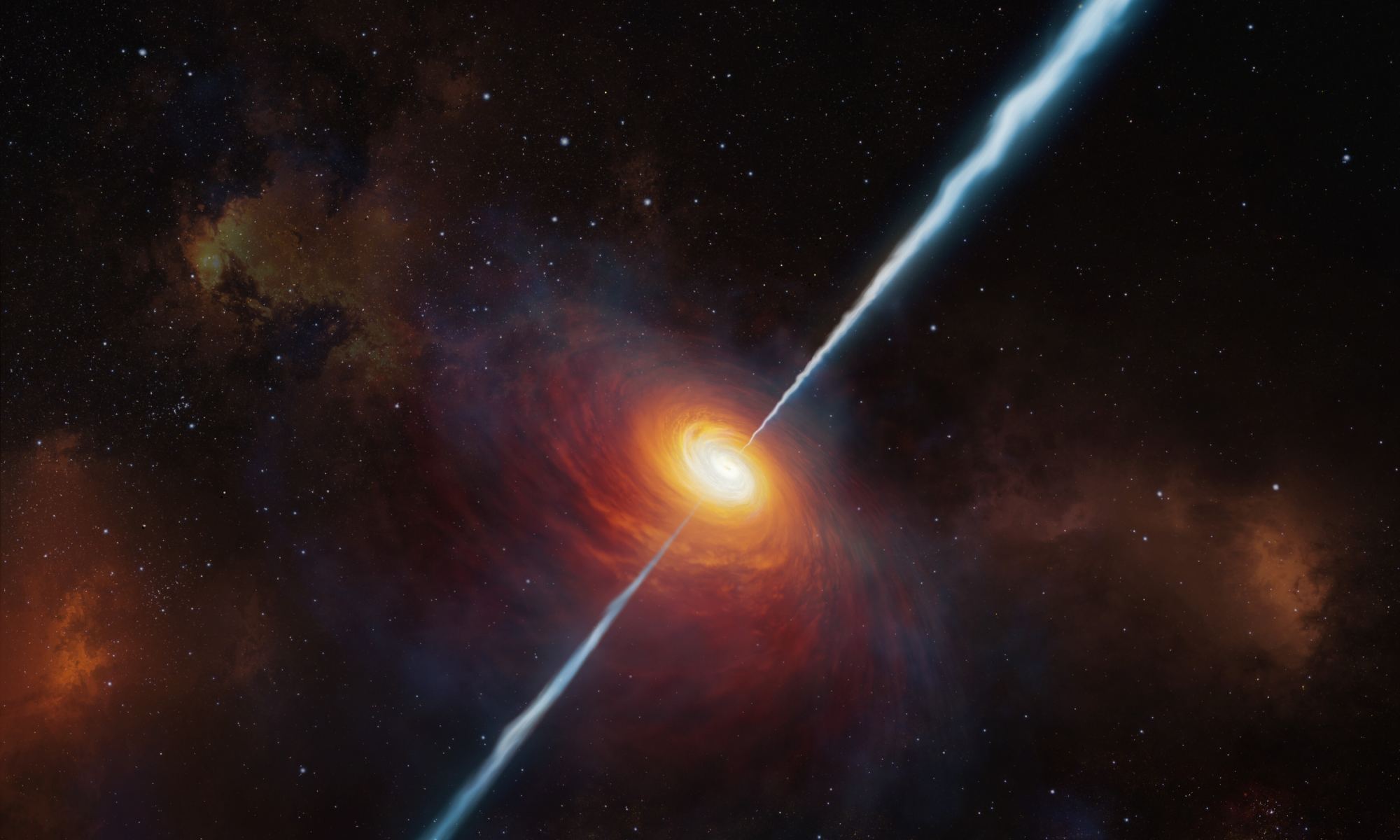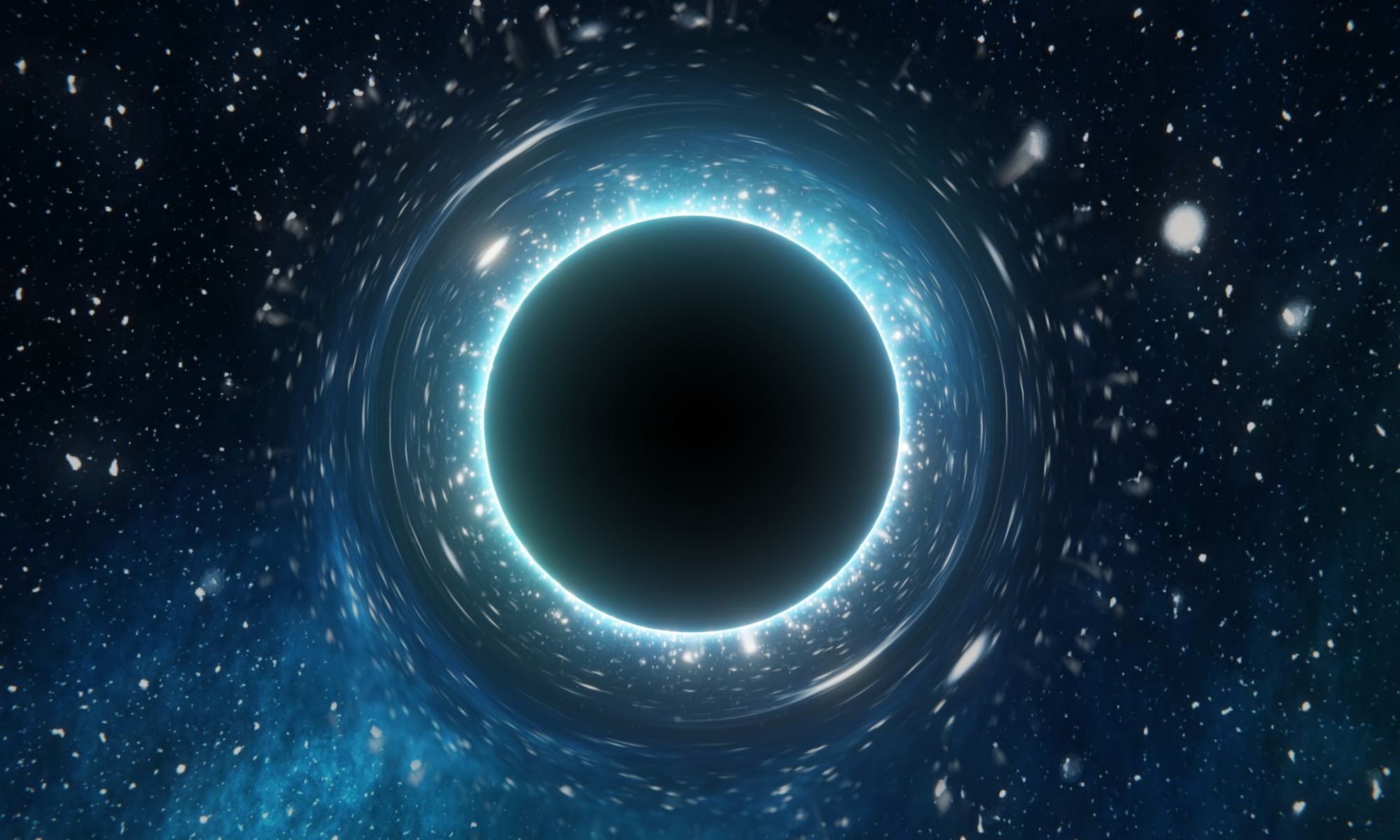At the edge of known space are quasars. They are powerful cosmic engines capable of creating intense beams of light across billions of light years. And they are powered by supermassive black holes (SMBHs). Most galaxies have a SMBH, including our own galaxy, but for quasars to be so powerful their SMBHs must have become very large very quickly. We’re still learning just how they formed. We’ve long thought their formation involved a special set of circumstances, but a new study shows that early quasars could have formed purely from cold dark gas.
Continue reading “Supermassive Black Holes Formed Directly out of Enormous Streams of Cold gas”Supermassive Black Holes Shut Down Star Formation
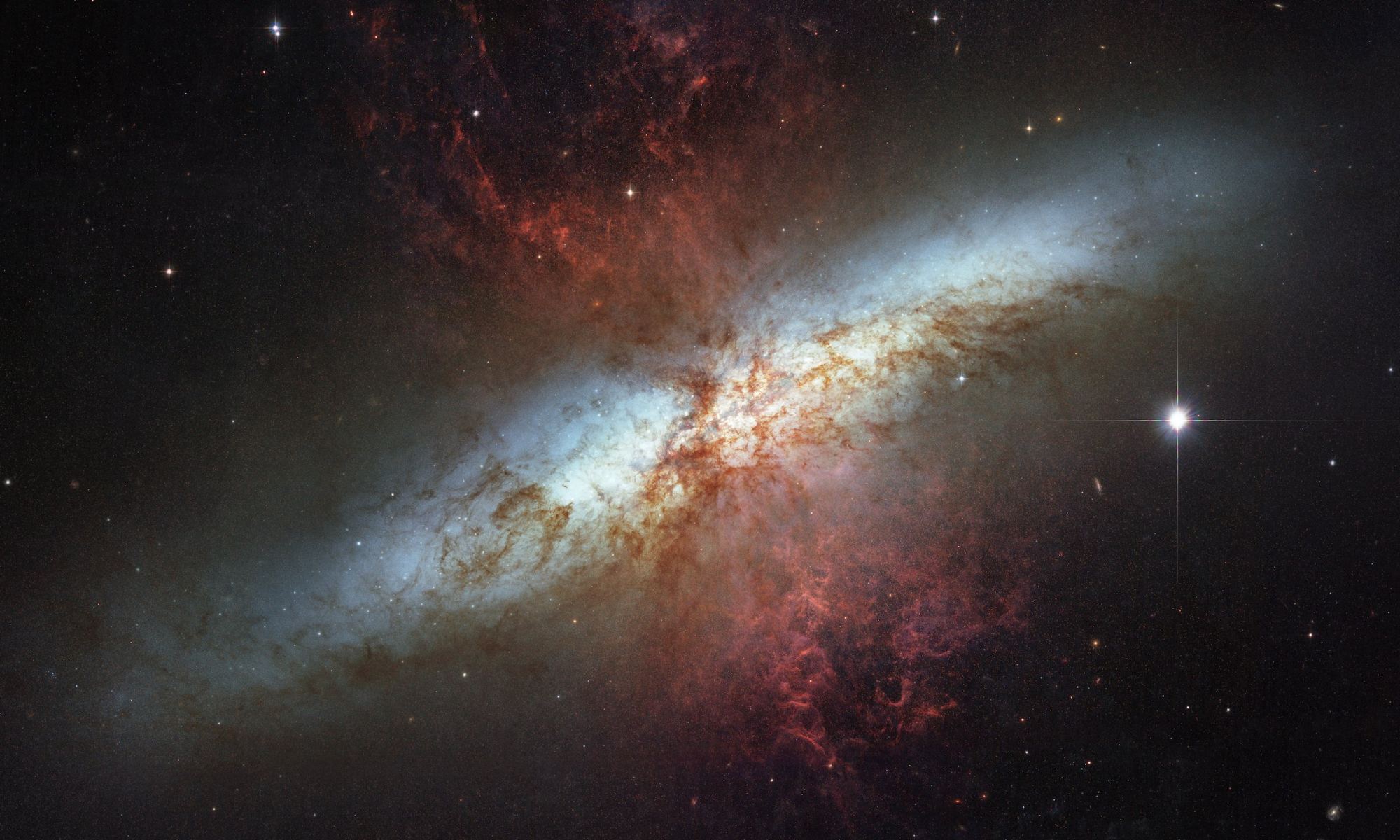
One of the key aspects of galactic evolution is star production. On a basic level, stars form within a galaxy’s gas and dust all the time, and where they form can help determine a galaxy’s shape and size. But there seems to be a sweet point when star production in a galaxy is particularly strong. Galaxies often have a period of rapid star production which then drops off. Astronomers are still trying to understand what causes this drop-off.
Continue reading “Supermassive Black Holes Shut Down Star Formation”Supermassive Black Holes Could Have Formed Directly in the Early Universe
There are a lot of amazing things in our Universe and a black hole is one of the most unknown. We don’t know for certain what happens inside a black hole and even the formation of supermassive black holes in the early universe is still being worked out. A group of physicists at Brookhaven National Laboratory have tackled this question and have come up with a possible solution to the mystery. The nature of dark matter may be resolved by their theory as well.
Continue reading “Supermassive Black Holes Could Have Formed Directly in the Early Universe”“The yet unanswered question of the nature of Dark Matter, and how primordial supermassive Black Holes could grow so fast in such a short amount of time are two pressing open questions in physics and astrophysics. Finding a common explanation for these observations is desirable and could provide us with insights into the inner workings of the Universe.”
Julia Gehrlein – Physicist at Brookhaven National Laboratory
Hubble Sees Dark Shadows That Could Be Cast by a Supermassive Black Hole
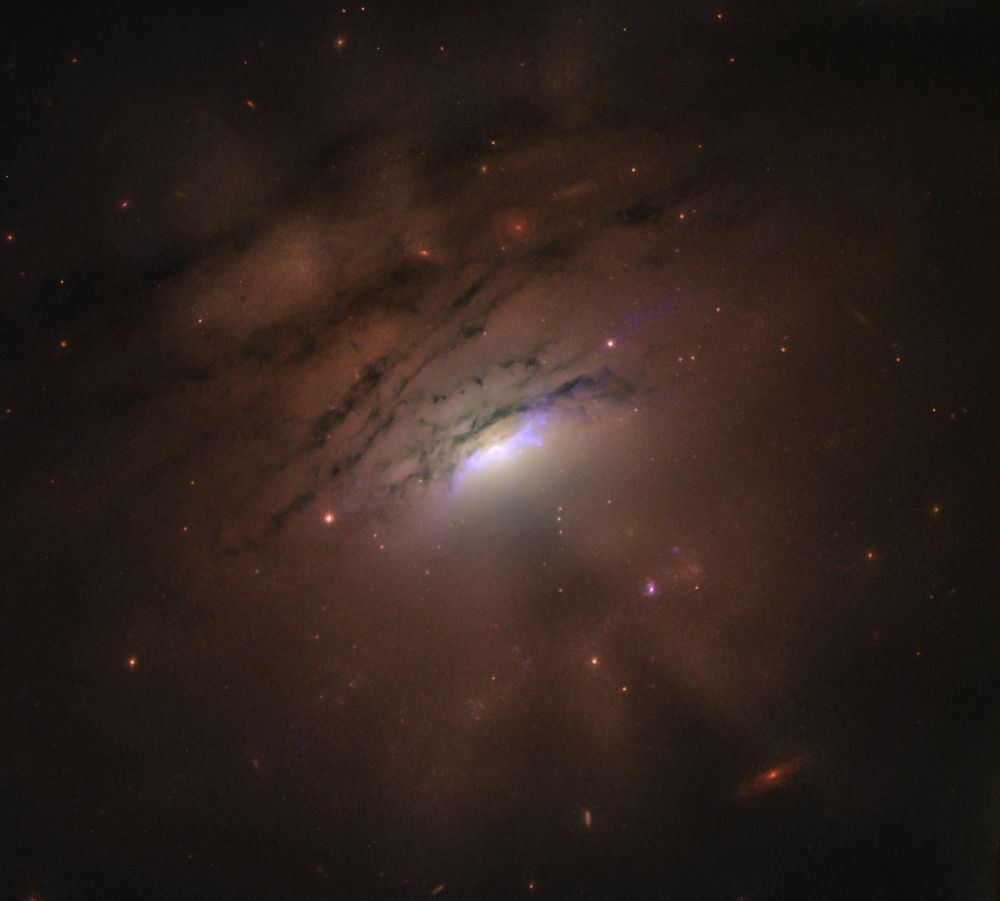
We use the term ‘supermassive black hole’ with a kind of casual familiarity. But stop and think about what they really are: Monstrous, beguiling singularities where the understood laws of physics and cosmology are brought to their knees. A region where gravity is so powerful that it warps everything around it, drawing material in—even light itself—and sometimes spitting out jets of energy at near-light-speed.
It was only recently that we got our first image of one of these monstrosities. Now, the Hubble has captured an image of a supermassive black hole (SMBH), or what might be part of its shadow, anyway.
Continue reading “Hubble Sees Dark Shadows That Could Be Cast by a Supermassive Black Hole”Supermassive Black Holes Grew by Consuming Gas and Entire Stars
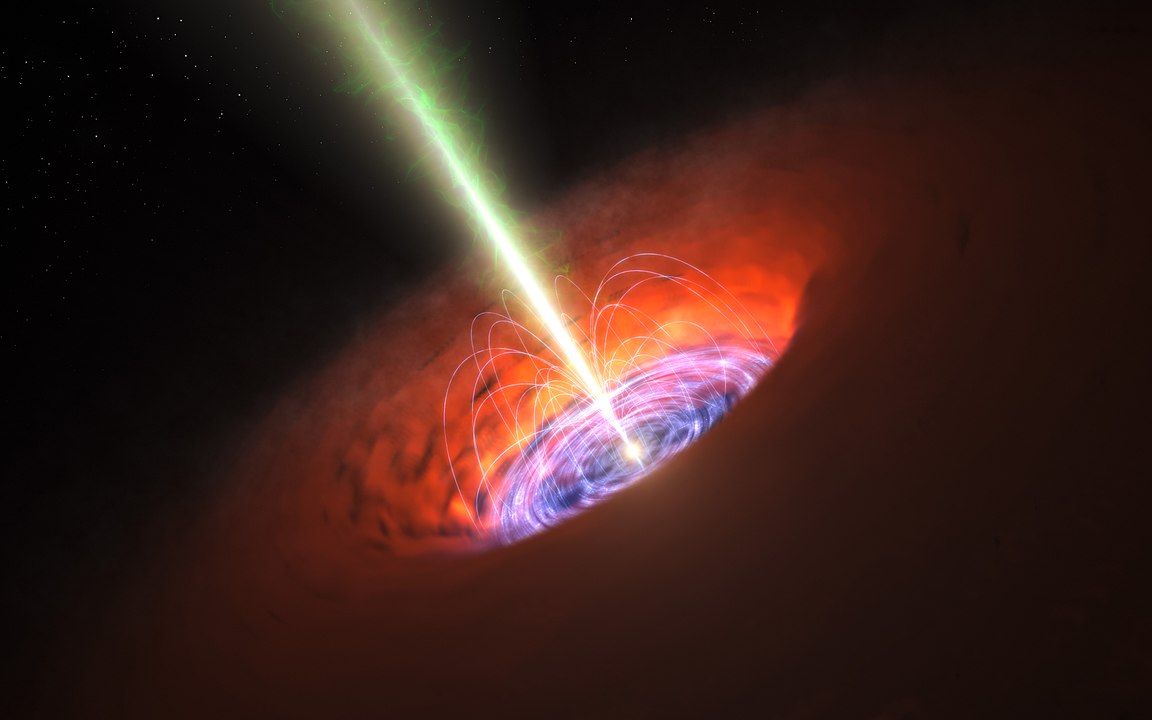
Where do they come from, those beguiling singularities that flummox astrophysicists—and the rest of us. Sure, we understand the processes behind stellar mass black holes, and how they form from the gravitational collapse of a star.
But what about the staggering behemoths at the center of galaxies, those supermassive black holes (SMBH) that can grow to be billions of times more massive than our Sun?
How do they get so big?
Continue reading “Supermassive Black Holes Grew by Consuming Gas and Entire Stars”New Simulations Show How Black Holes Grow, Through Mergers and Accretion
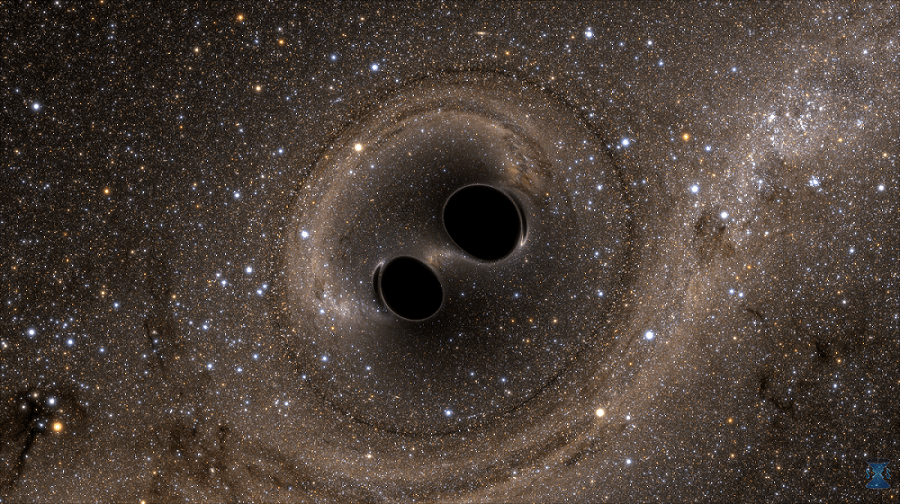
One of the most pressing questions in astronomy concerns black holes. We know that massive stars that explode as supernovae can leave stellar mass black holes as remnants. And astrophysicists understand that process. But what about the supermassive black holes (SMBHs) like Sagittarius A-star (Sgr A*,) at the heart of the Milky Way?
SMBHs can have a billion solar masses. How do they get so big?
Continue reading “New Simulations Show How Black Holes Grow, Through Mergers and Accretion”How were Supermassive Black Holes Already Forming and Releasing Powerful Jets Shortly After the Big Bang?
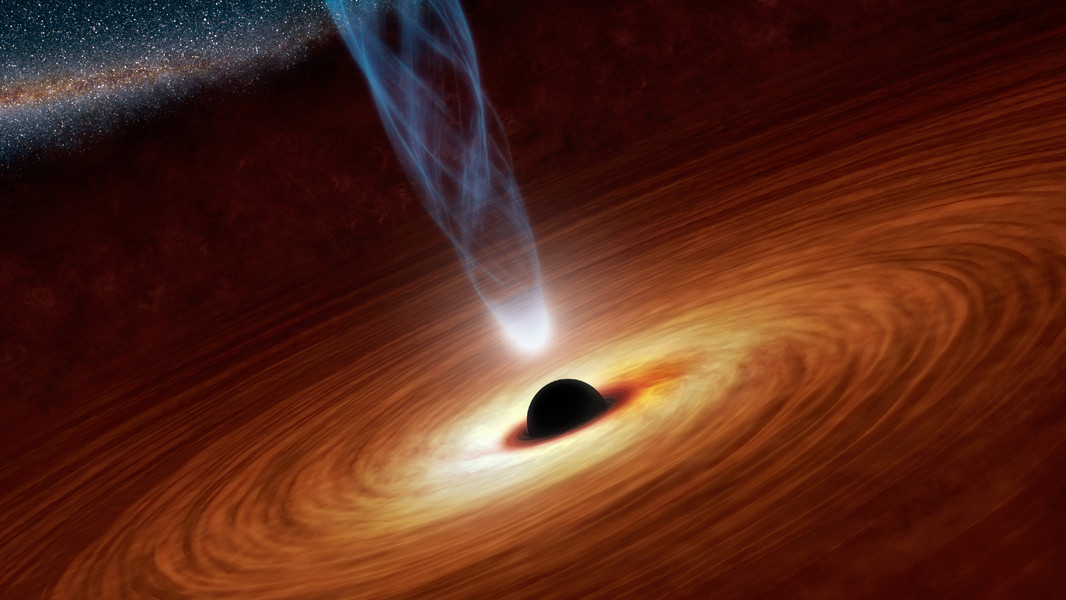
In the past few decades, astronomers have been able to look farther into the Universe (and also back in time), almost to the very beginnings of the Universe. In so doing, they’ve learned a great deal about some of the earliest galaxies in the Universe and their subsequent evolution. However, there are still some things that are still off-limits, like when galaxies with supermassive black holes (SMBHs) and massive jets first appeared.
According to recent studies from the International School for Advanced Studies (SISSA) and a team of astronomers from Japan and Taiwan provide new insight on how supermassive black holes began forming just 800 million years after the Big Bang, and relativistic jets less than 2 billion years after. These results are part of a growing case that shows how massive objects in our Universe formed sooner than we thought.
Continue reading “How were Supermassive Black Holes Already Forming and Releasing Powerful Jets Shortly After the Big Bang?”There’s a New Record for the Most Massive Black Hole Ever Seen: 40 Billion Solar Masses
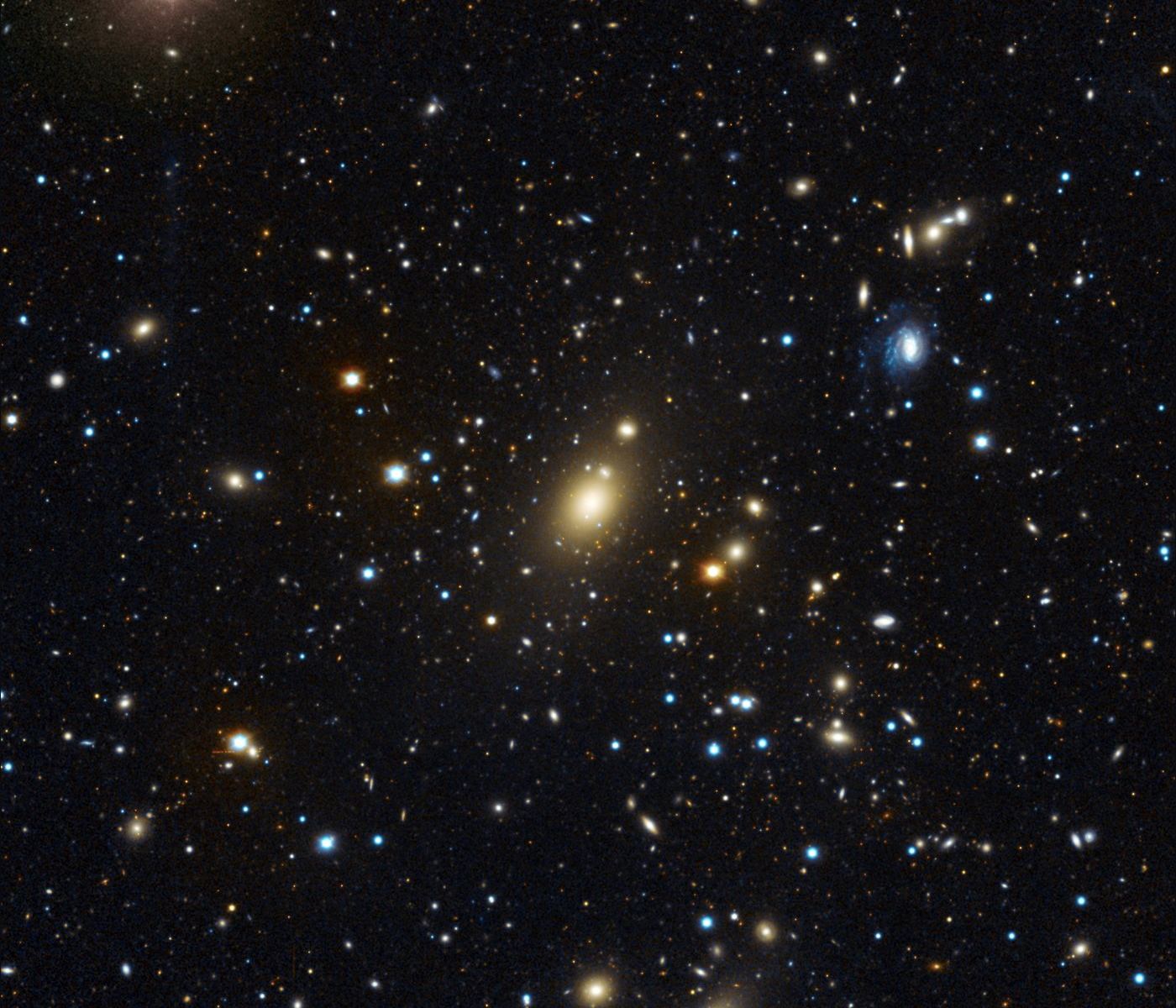
Astronomers have spotted a 40 billion solar mass black hole in the Abell 85 cluster of galaxies. They found the behemoth using spectral observations with the Very Large Telescope (VLT.) There are only a few direct mass measurements for black holes, and at about 700 million light years from Earth, this is the most distant one.
Continue reading “There’s a New Record for the Most Massive Black Hole Ever Seen: 40 Billion Solar Masses”Some Quasars Shine With the Light of Over a Trillion Stars
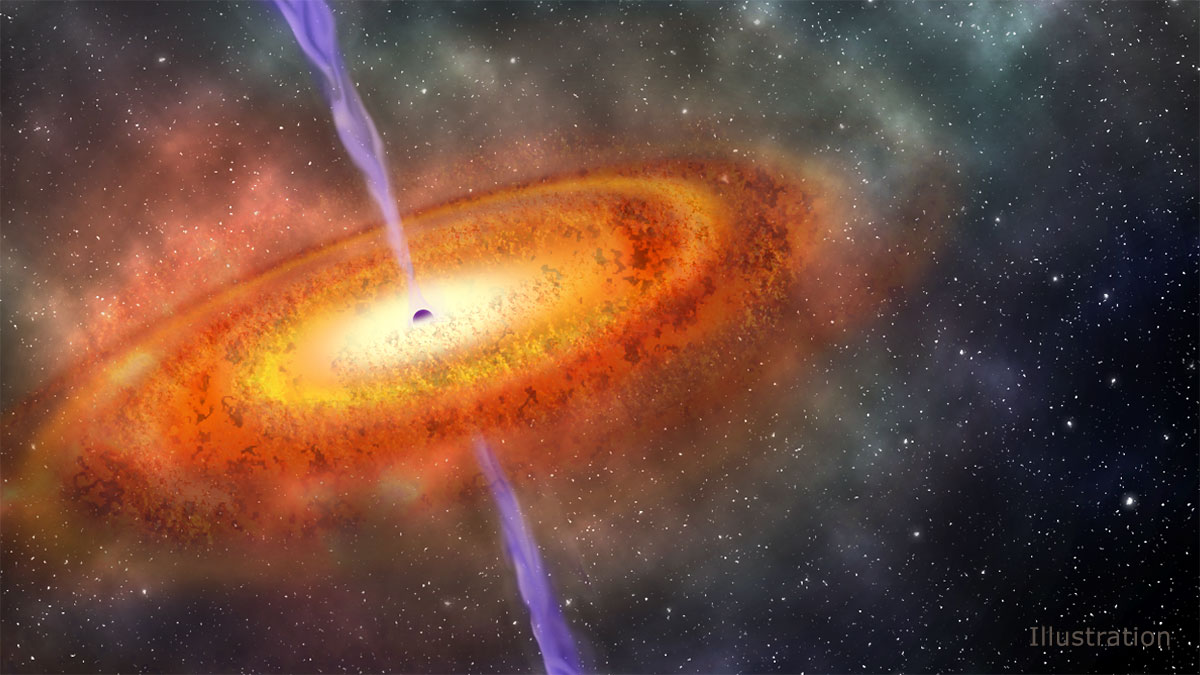
Quasars are some of the brightest objects in the Universe. The brightest ones are so luminous they outshine a trillion stars. But why? And what does their brightness tell us about the galaxies that host them?
To try to answer that question, a group of astronomers took another look at 28 of the brightest and nearest quasars. But to understand their work, we have to back track a little, starting with supermassive black holes.
Continue reading “Some Quasars Shine With the Light of Over a Trillion Stars”Astronomers Find a Supermassive Black Hole That’s Feasting on a Regular Schedule, Every 9 Hours

Astronomers have found a supermassive black hole (SMBH) with an unusually regular feeding schedule. The behemoth is an active galactic nucleus (AGN) at the heart of the Seyfert 2 galaxy GSN 069. The AGN is about 250 million light years from Earth, and contains about 400,000 times the mass of the Sun.
Continue reading “Astronomers Find a Supermassive Black Hole That’s Feasting on a Regular Schedule, Every 9 Hours”
